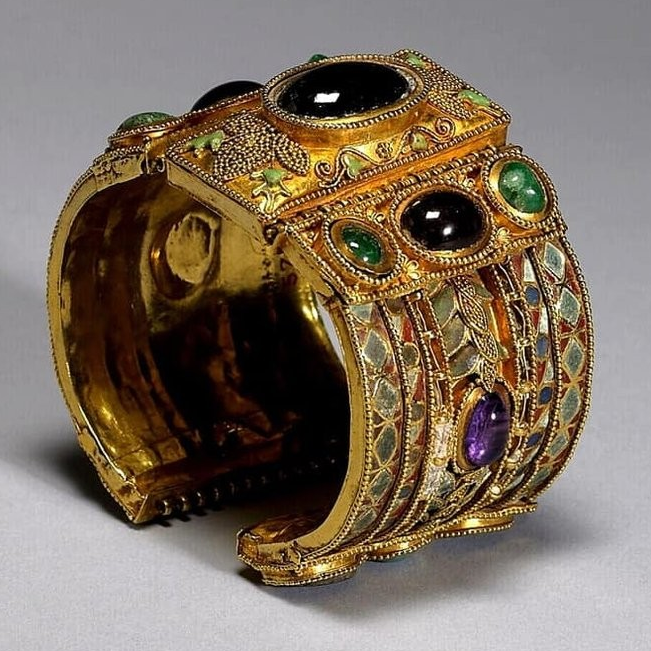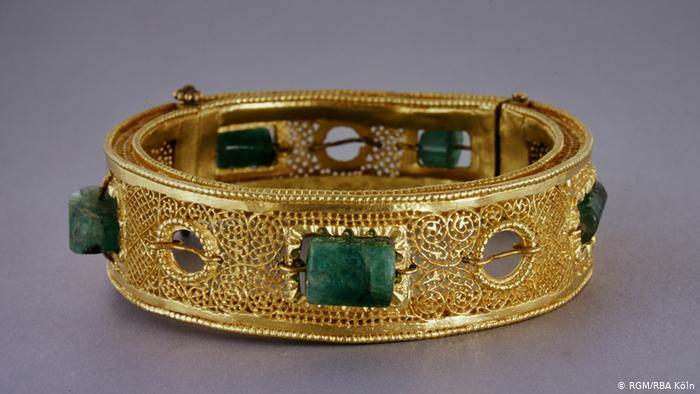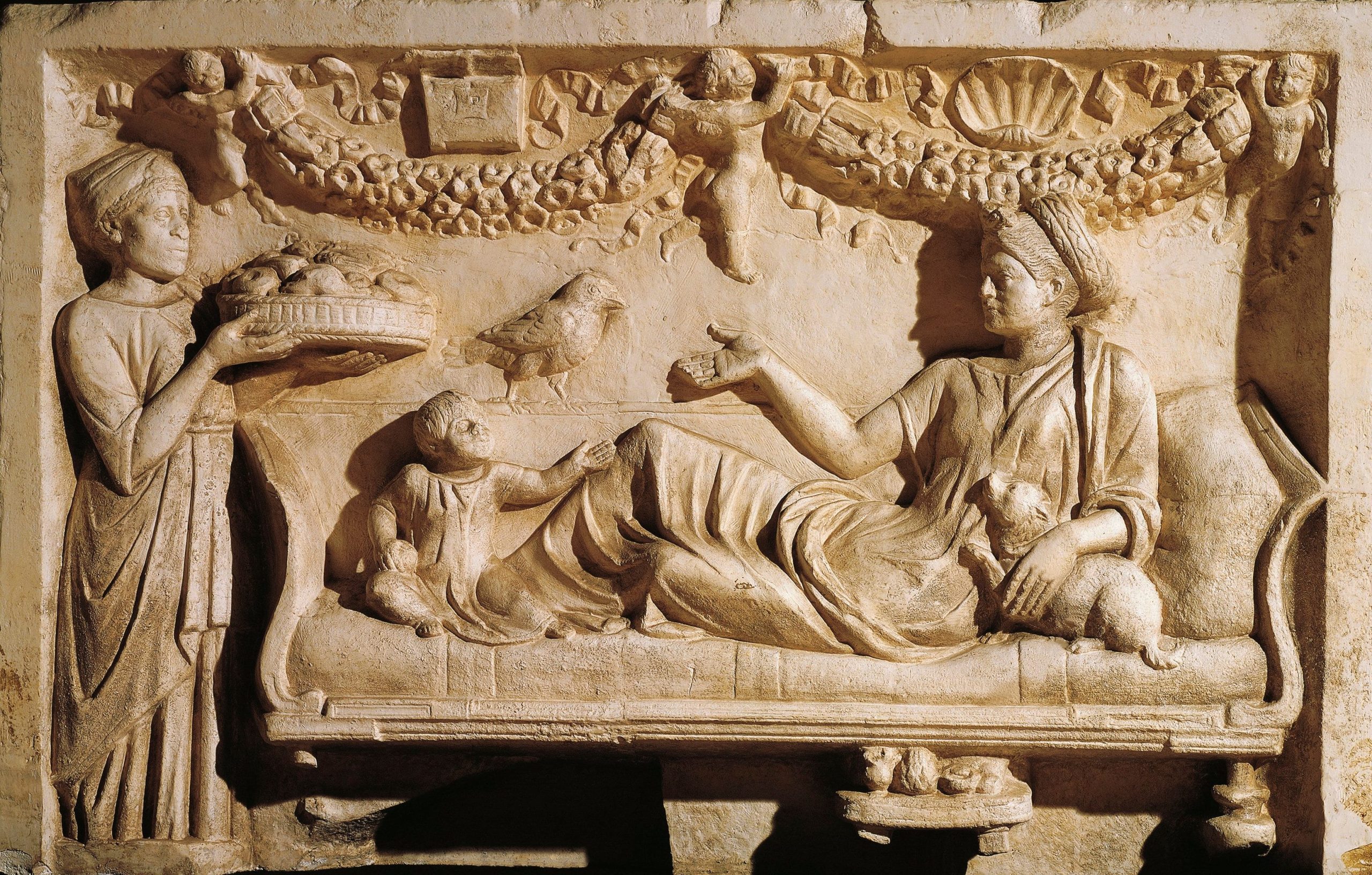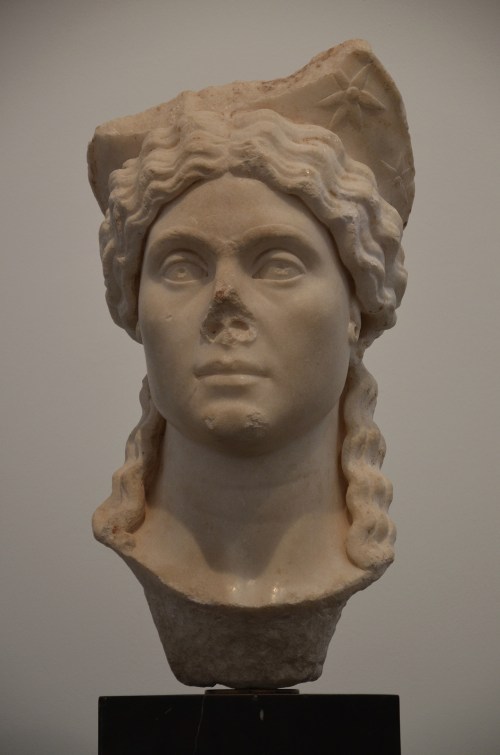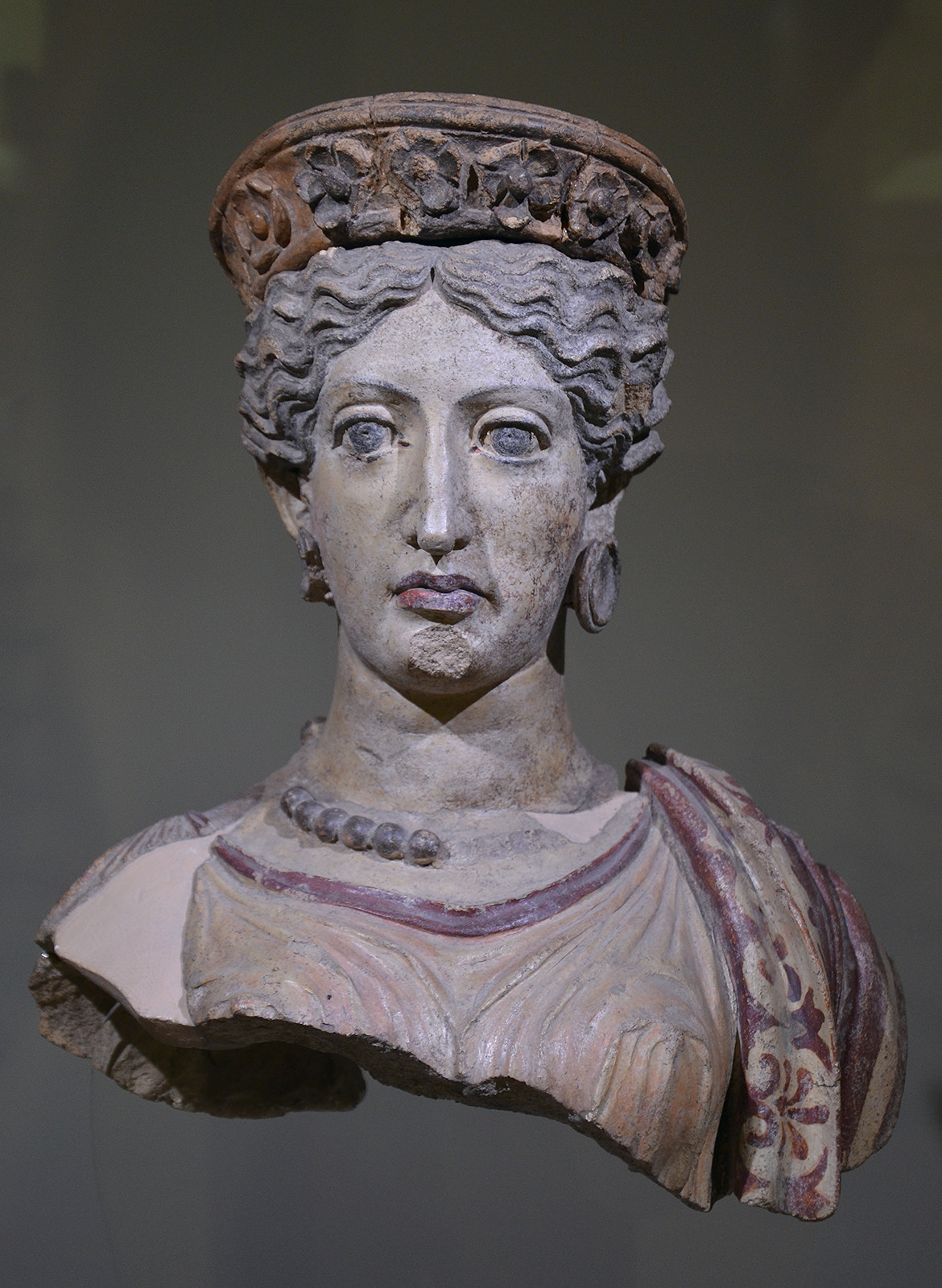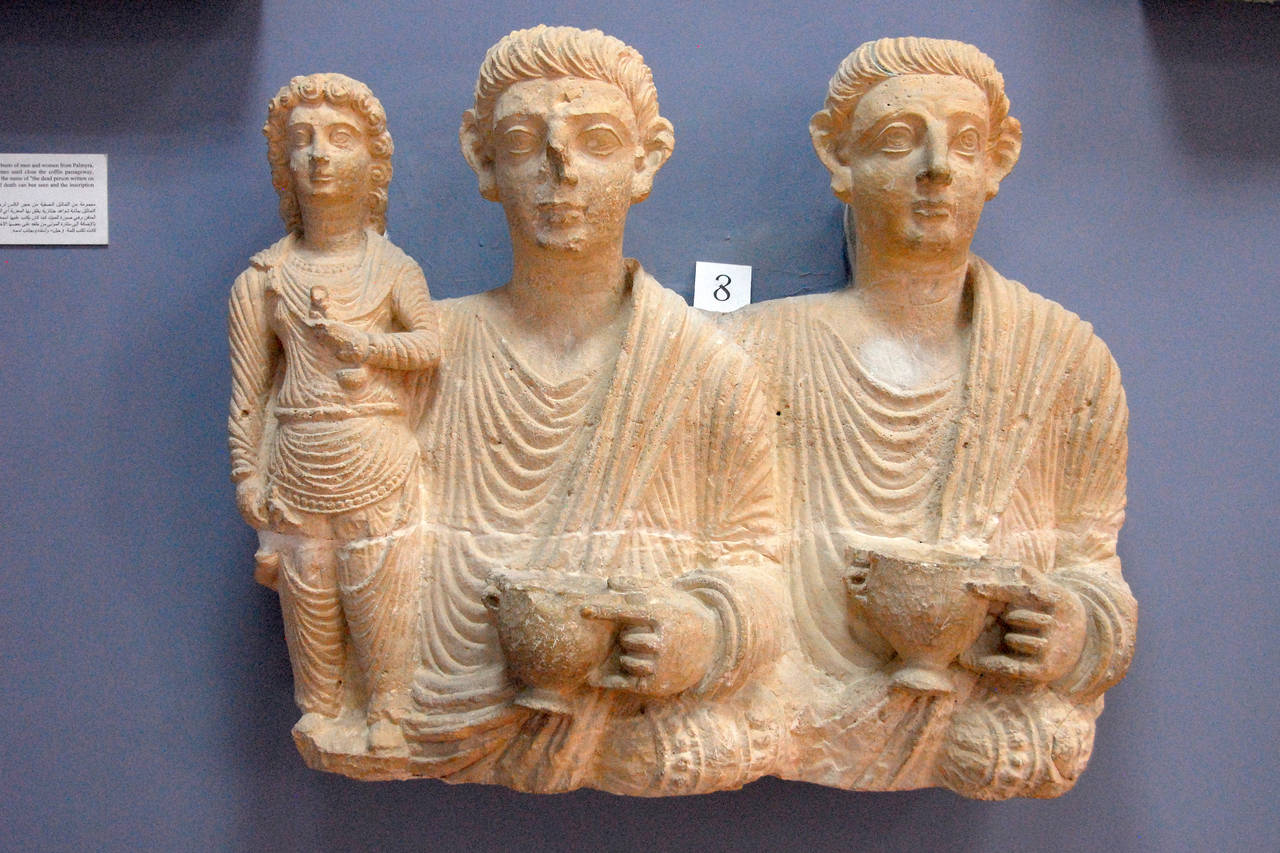

https://www.archaeolog.ru/ru/expeditions/expeditions-2018/kavkazskaya-arkheologicheskaya-ekspeditsiya-2018

I burial mound: 1 – mound 456; 2–5 – mound 463
https://www.researchgate.net/publication/342884086_OHRANNO-SPASATELNYE_ISSLEDOVANIA_MOGILNIKOV_OKTABRSKIJ_I_I_KIEVSKIJ_I_V_MOZDOKSKOM_RAJONE_RESPUBLIKI_SEVERNAA_OSETIA-ALANIA_v_2019_g
Oktyabrsky-I and Kievsky-I burial mounds of early Alan Culture period, the Mozdok district of North Ossetia-Alania “One hundred and twenty two burials in and outside mounds of the 3rd – 5th centuries AD on Oktyabrsky-I cemetery, 40 burials of the second half of the 4th – first half of the 5th and one burial ground of the 14th centuries AD were investigated. The absolute majority of burials were made in type I catacombs (the long axis of the camera is perpendicular to the long axis of the entrances pit. The studied samples complement the results of the excavations in 2018 and make them to be a reference for the territory of the Middle Terek in the specified period. The population that left burial grounds of the Bratsky 1-st mounds, Oktyabrsky-I and Kievsky-I type of mounds participated in cultural and historical processes of the territory of the Western Caspian region where their presence in recorded in Tersko-Sulak interfluve from the second half of the 3d century AD, in Southern Daghestan from the middle of the 4th century AD and in the Northern outskirts of Kislovodsk basin.”
Bratskoye, mound 1. Nadterechny district of the Chechen Republic, RF. Excavations by R. M. Munchaev and V. I. Markovin in 1963, near the village of Bratskoye. The fastener is a graph of 2 parts (Fig. 9: 1a, b; tab. 15B: 1a, b). Gold; glass, carnelian, pomegranate 4.4 ─ 4.0 ( ); 4.5 ─ 4.4 (b). Flat pear-shaped base with a concave base shape. Along the perimeter and along the field, dividing it in half – “pigtail”. At the “corners” – 3 inserts for cabochons: 2 blue glass, 1 stone, in nests from a tape soldered on the edge and compressing the insert. Around the nests is a row of grains. In the field – triangles of 10 and 3 grains. On the back – 3 small loops for fastening; the hook (a) and the loop (b) of the agrapha that come out of the zabris, their base along the perimeter is separated by “beaded wire” (?). Lit.: Munchaev, 1965. Fig. 3: 9, 10; Markovin and Munchaev, 1965. Fig. 17:2; 2003. Fig. 54; Abramov, 1997. Fig. 2:2 . Complex (Table 15B). Under-barrow catacomb, robbed. A clasp, pieces of gold foil, 2 clay bowls have been preserved [Munchaev, 1965, p. 179–181. Rice. 6: 1, 3].
Krasnopeorov A.A. Buckle from the Brody burial ground (Prikamye) in the context of polychrome belt-garnitures and jewellery styles
https://www.academia.edu




